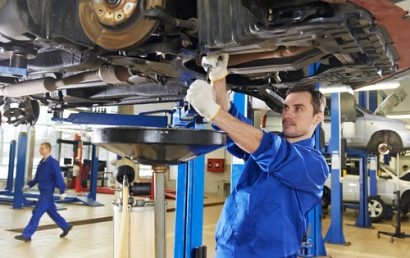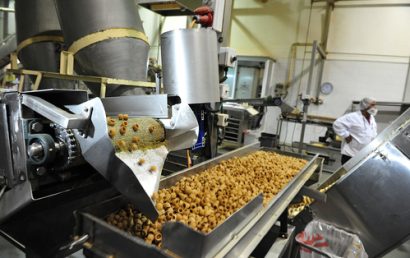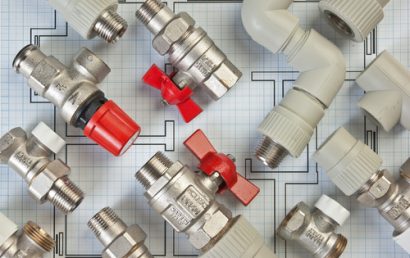What You Need to Know About Cavitation Erosion
Any number of industries end up having to deal with cavitation erosion, but it is particularly a problem with components associated with hydraulic machinery. It is the surface material loss and surface deterioration caused by cavitation erosion that shortens the life of components, increases downtime, inflates maintenance costs, and more.
Clearly this is a problem that needs to be dealt with if an industry and the businesses associated with are to remain viable. Thanks to thermal spray coatings, protection against cavitation erosion is available.
A Closer Look at Cavitation Erosion
Very often, with hydraulic machinery, high velocity liquid pressure differences can cause gas or vapor pockets. Due to the pressure change near the surface, these pockets abruptly collapse on the materials surface. Referred to as microjets, these exploding gas bubbles lead to material damage sooner or later.
Though stainless steel is highly resistant to corrosion, it has a tendency to fretting, low adhesive, low abrasive wear resistance, and poor tribological behavior. So, when wear resistance and corrosion resistance are required, these materials may have successfully been avoided.
One solution, without altering corrosion resistance, to enhance mechanical properties is nitro carburizing or low temperature carburizing. To make this complicated process sound easy, the end result is this: improved mechanical properties and increased material hardness.
Influence and Causes of Cavitation Erosion
There are a couple of different types of cavitation erosion including bubble cavitation and sheet cavitation. Some influences of cavitation erosion are as follows:
- Microstructure and hardness of the claimed material and other material specific parameters.
- Operating viscosity, operating pressure, type of pressure fluid, and other operational parameters.
- Distance between endangered solid surface and flow resistance, geometries of flow resistance, and other constructive (geometric) parameters.
Cavitation erosion can be caused by some of the following:
- Element formation with electrolytic erosion and basic water or acid.
- Oxygen influenced chemical reactions at high temperatures or at high pressure.
- Pressure increase resulting from a liquid being taken past its boiling point with sudden vapor bubble collapse.
- Local speed increase with pressure to bubble formation reduction.
Cavitation Erosions Impact
Cavitation erosion impacts pump housings and pump impellers in the following ways:
- Creates a potential for injuries to workers (and others) and risk of life through resulting failures.
- Due to the extra costs of replacement, repair, and failure analysis, as well as equipment downtime, loss of revenue is possible.
- Drastic power and pressure losses can occur.
- Significant noise emission due to higher surface roughness.
- Wall materials’ loadbearing capacity can be reduced as a result of roughing due to wall thickness reduction.
- Hydraulic performance can also be reduced due to wall roughness.
How Can Cavitation Erosion Be Prevented?
Numerous possibilities exist where the prevention of cavitation erosion is concerned. Some of the possibilities are as follows:
- Material adaptions
- Geometrical adaptions
- Operational adaptions
The right thermal spray coating and process, expertly executed, can increase the hardness of the substrate to which it is applied. Increased hardness is one of the best ways to prevent cavitation erosion.
The people at A & A Coatings are experts on cavitation erosion and all other types of component, surface, and machinery wear and tear. Contact us today if you would like to discuss protecting your business’s bottom line through the use of our thermal spray coatings and techniques.



